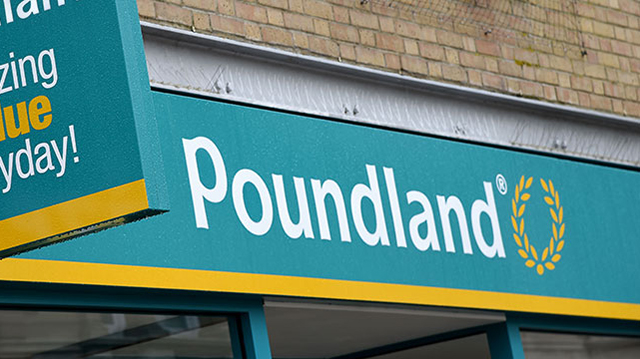A new law makes the anti-avoidance measure known as the “3% annual tax” more user-friendly for overseas investors
A new French law, the “Rectifying Finance Act for 2007”, aims to bring French law in line with European law by modifying an anti-avoidance measure known as the “3% annual tax”. This tax has been a burden on international investors in French real estate, whom the tax was not intended to catch. It was aimed at French private individuals avoiding wealth tax by holding, for example, their holiday homes in the south of France through Liechtenstein Anstalts.
But even though the new law makes the “3% annual tax” easier to deal with for many international investors in French real estate, any such investor still needs to ensure that it is covered by an exemption to the tax. Generally speaking , the “3% annual tax” has not prevented international investment in French real estate. Indeed, the massive influx of foreign money into this asset class over the years proves that the tax has not been a barrier. For most international investors, it has been more of an inconvenience that generates costs for them and revenues for their advisors.
In the case of the purchase of a legal entity as opposed to the real estate itself, the tax has often been an obstacle because it creates difficulties regarding due diligence and warranties.
Where investors are set up in a tax haven, such as a Bermudan insurance company with, for example, a stake in a real estate fund, or have shareholders who wish to remain anonymous for the French tax authorities, the tax is a barrier.
The revenue generated by this anti-avoidance measure amounted to a paltry €35m in 2007, compared with global tax receipts for the same year of around €270bn. These figures confirm the observation of the French finance minister that the tax was “dissuasive” and “rarely paid in practice”.
The measure levies an annual tax of 3% on the market value, on 1 January, of real estate in France held by legal entities, subject to the application of various exemptions.
These usually require certain formalities. Before a legal entity invests in French real estate, other than that used for the operation of its own business, excluding real estate investment, each “branch” of its corporate “tree” must be “stripped” in order to identify the location of each legal entity therein until, at the top of the “tree”, one reaches either an exempt body such as a sovereign state or certain publicly quoted companies or private individuals.
The investor then has to examine each legal entity in the “tree” to see whether its seat is in France, an EU state or a country with which France has concluded a treaty for assistance in the fight against tax fraud and evasion or a treaty containing a clause for equality of tax treatment. Each of these legal entities then has to comply with filing requirements in order to be exempt from the tax. This is an added burden because the requirements often include an annual valuation of the property concerned.
This tax, dating back to 1982, has generated many decisions in the courts and, on three occasions, French law has had to be changed to bring it into line with European law. Although, in some ways, the latest modification in December 2007 has made the tax more user-friendly, especially for sovereign wealth funds, it has narrowed the exemption for publicly quoted companies: in order for them to be exempt, their shares must be the subject of regular and significant trading on a regulated market.










